Tesla’s NACS to become official US EV charging standard
Tesla's NACS is the most extensive EV charging network in the world, and now a federal agency is making the NACS port the official EV charging standard.
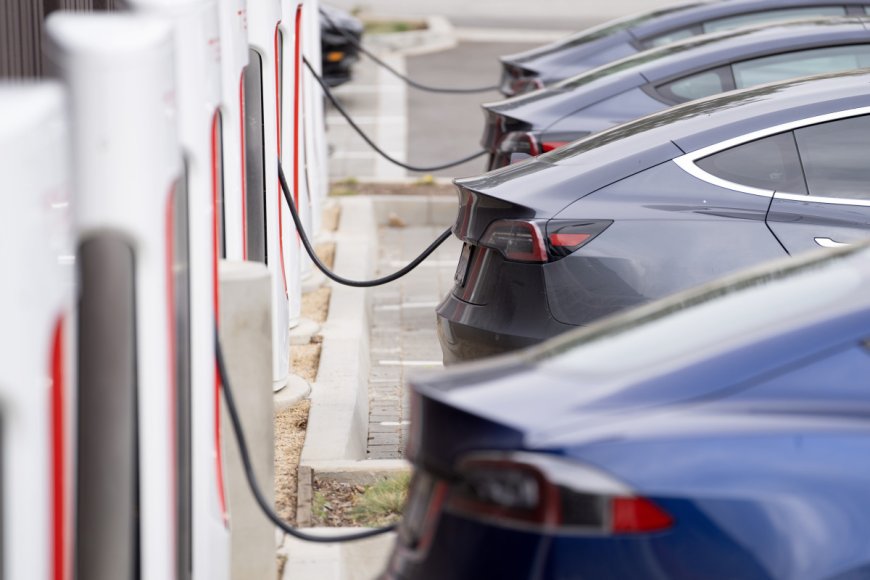
More and more automakers are adopting the North American Charging System (NACS) for their EVs with each passing month. Thanks in part to the most extensive charging system in the world, Tesla’s connector is set to become the official standard. While the official announcement won’t take place until December 17th, the Federal Highway Administration (FHWA) has already made its stance known.
Related: 2025 Hyundai Santa Fe XRT review: off-road bruiser, or L.A. cruiser? iStock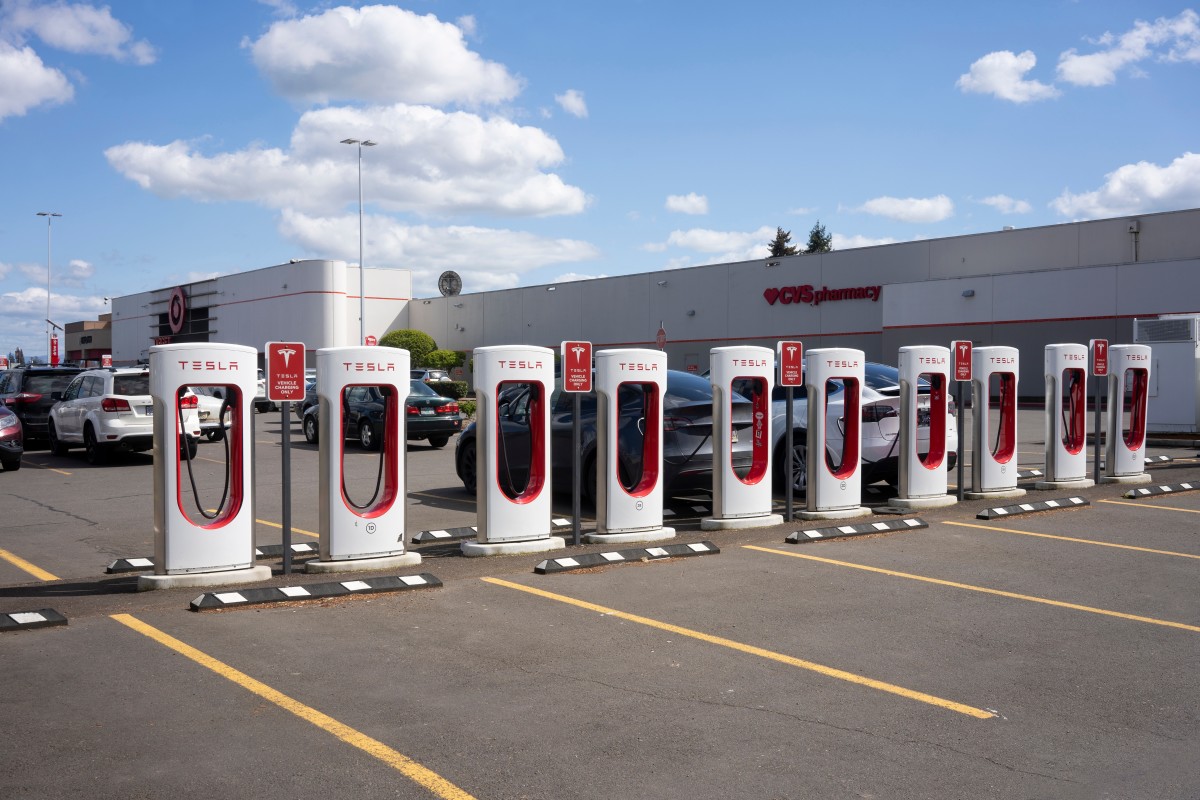
An official US federal EV charging standard can accelerate EV adoption
EV enthusiasts and industry experts have been discussing creating an official charging standard for some time now, and the FHWA is answering the call. During a keynote address at Merge 2024, Kristin White, the Acting Administrator of the FHWA, said that the J3400 connector and port, an open-source version of Tesla’s NACS, will become the federal standard. The address follows the J3400 receiving SAE International certification.
While the official announcement is expected via webinar on December 17th, White’s statement confirms that J3400 will be the standard going forward. The Biden administration’s National Electric Vehicle Infrastructure (NEVI) program plans to build 500,000 chargers nationwide, so establishing a standard was simply a matter of time. Tesla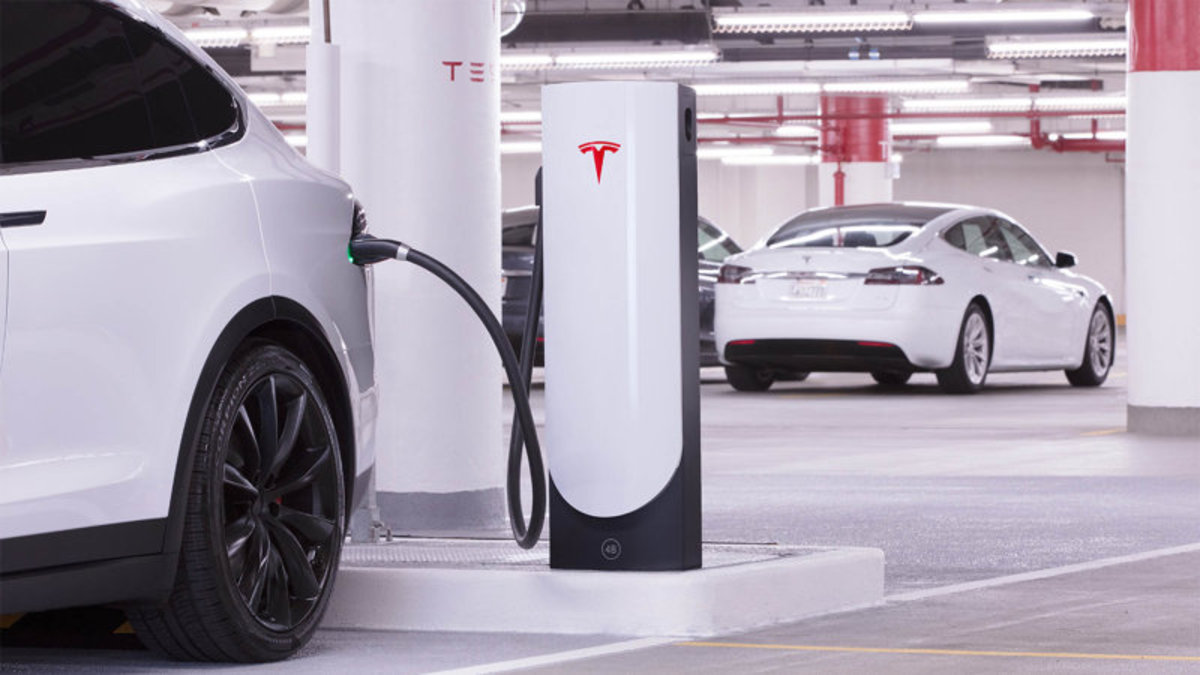
With an official federal EV charging standard on the books, consumers will no longer have to worry about finding a charging location compatible with their vehicle. Instead, all vehicles will feature the same charging port. Nationwide EV adoption could even increase as a result.
Related: Range Rover SV Candeo highlights one of SV Bespoke's exceptional creations
Tesla established the charging standard in 2012
Back in 2012, Tesla had two models on its roster: the Model S and Roadster. In an effort to prove that electric vehicles were practical, the American automaker set out to build the infrastructure on its own. Constructed in secret, the Supercharger network launched with just six locations in California. In 2013, the network spread across the continental United States, as well as in Europe and Asia. Tesla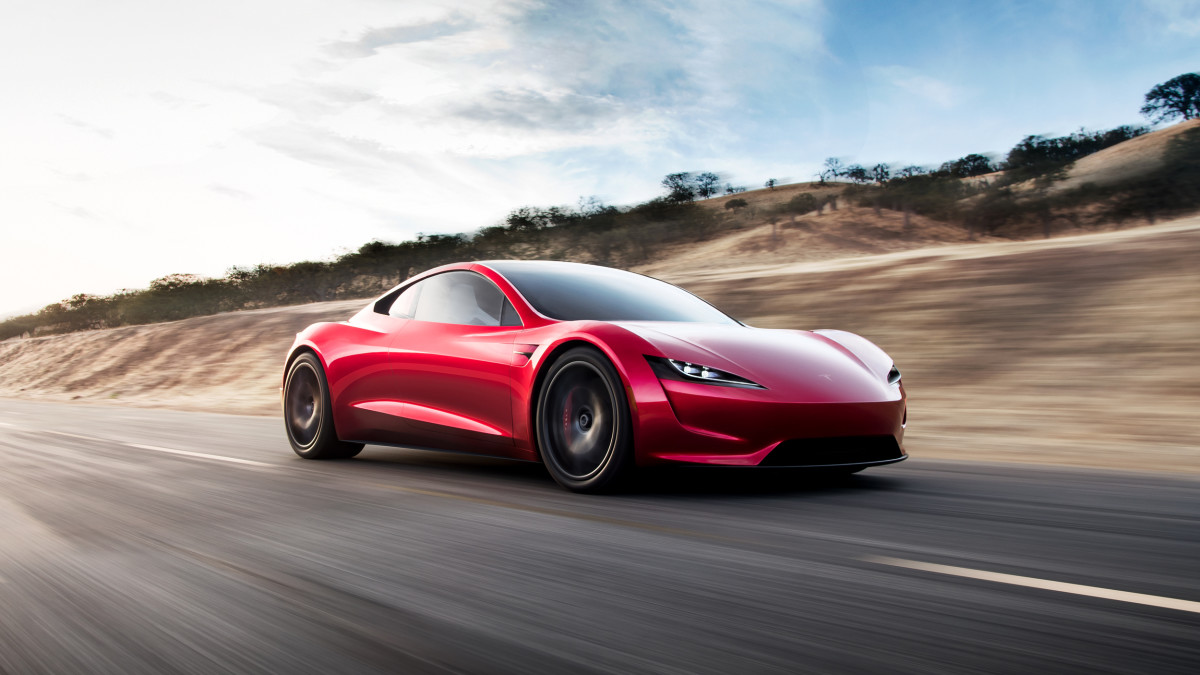
"Tesla's Supercharger network is a game changer for electric vehicles, providing long-distance travel that has a level of convenience equivalent to gasoline cars for all practical purposes,” Elon Musk said in a 2012 press release.
Fast forward nearly 13 years, and Tesla’s Supercharger network has grown to more than 60,000 charging stalls worldwide. In 2024, Tesla began opening up the North American Supercharging network to more automakers in an effort to accelerate J3400 as the industry standard. As a result, all EVs will come with NACS charge ports built in.
Currently, Ford, Rivian, General Motors, Volvo, and Polestar have access to Tesla’s network and Nissan is expected to gain access in December 2024. Prior to the FHWA’s announcement, nearly every other automaker with an EV in their lineup had confirmed they would voluntarily add an NACS charge port beginning in 2025.
Related: GM loses $5 billion in China, what’s next?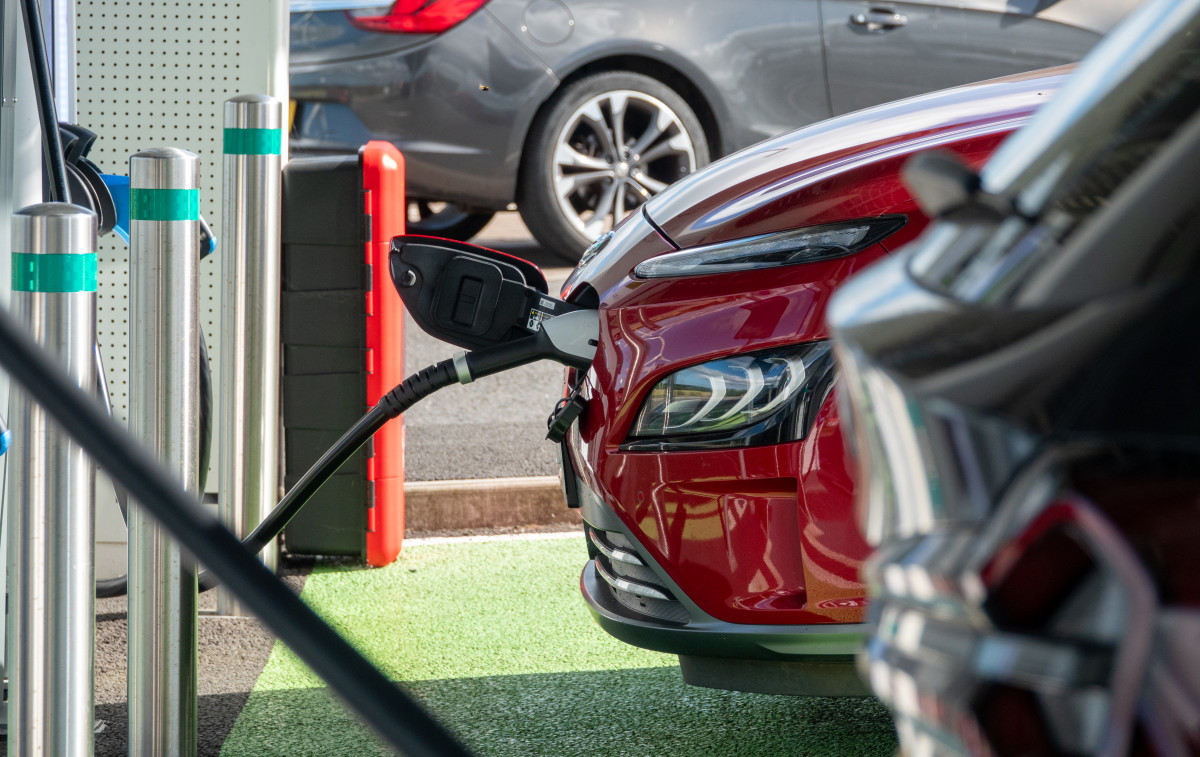
Following Tesla’s lead, Rivian has also opened the Rivian Adventure Network to vehicles from other automakers. While not as expansive as Tesla’s Supercharger Network, Rivian’s fast charging locations add another 91 public charging stations to the pool. Another dozen locations are currently in the works.
"To achieve widespread electrification, you also need a really good charging network. Now, we're excited to bring the Rivian Adventure Network—with its ease of use and exceptional reliability—to other EV drivers around North America, investing in a future where charging on the road will be simple, sustainable, and convenient,” said RJ Scaringe, Rivian Founder and CEO.
Final thoughts
EVs are gaining market share in the United States with each passing year, so establishing a federal charging standard was only a matter of time. While older EVs might still need an adapter, new models will come with a standardized charging port. As much as people love to knock Tesla, this is a solid step forward for the automotive industry as a whole.
Charging port simplification is not only easier on automakers and charging companies, but consumers as well. With access to more charging stations, range anxiety might become less of a concern among EV owners. With 500,000 new charging stations hopefully being built under President Biden’s NEVI program, worries about charging in general could very well become a thing of the recent past.











































